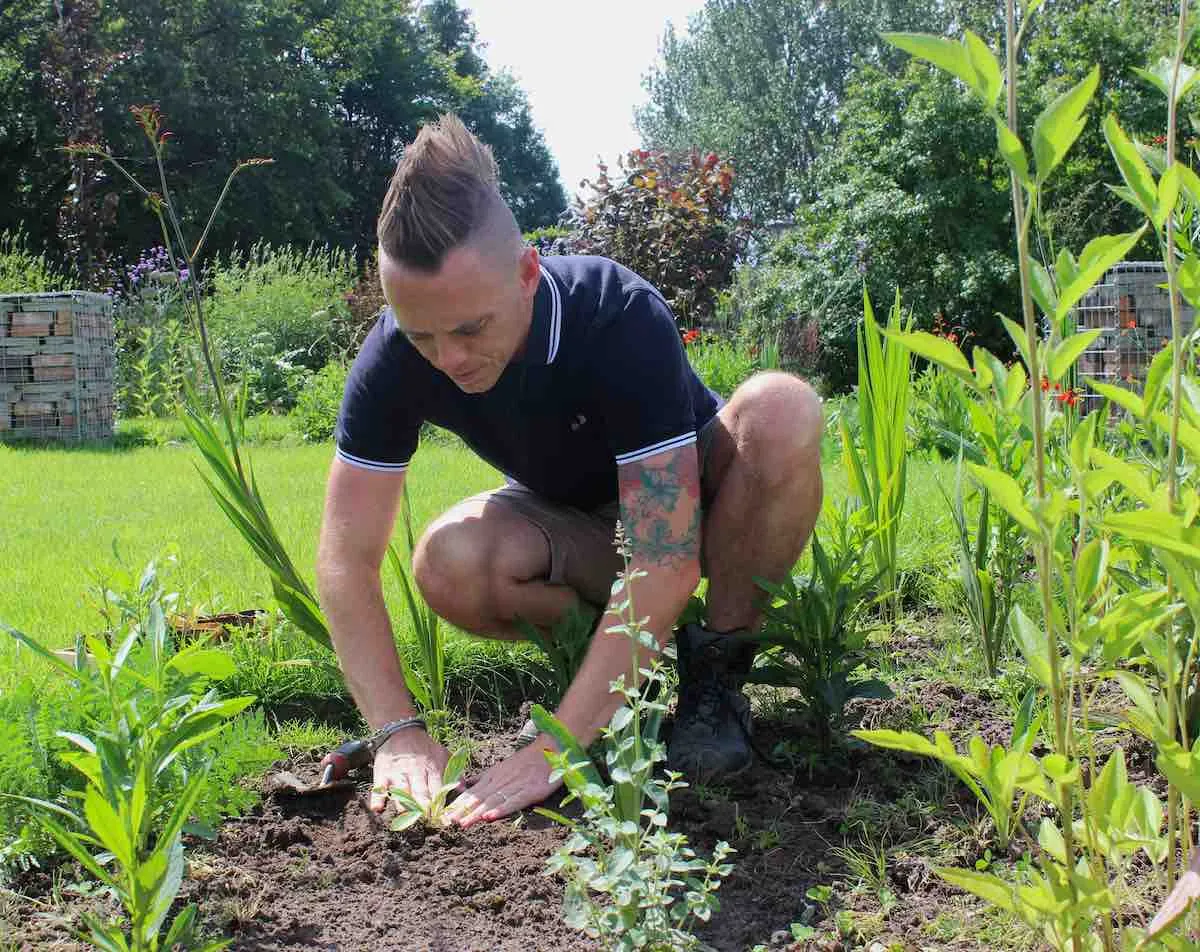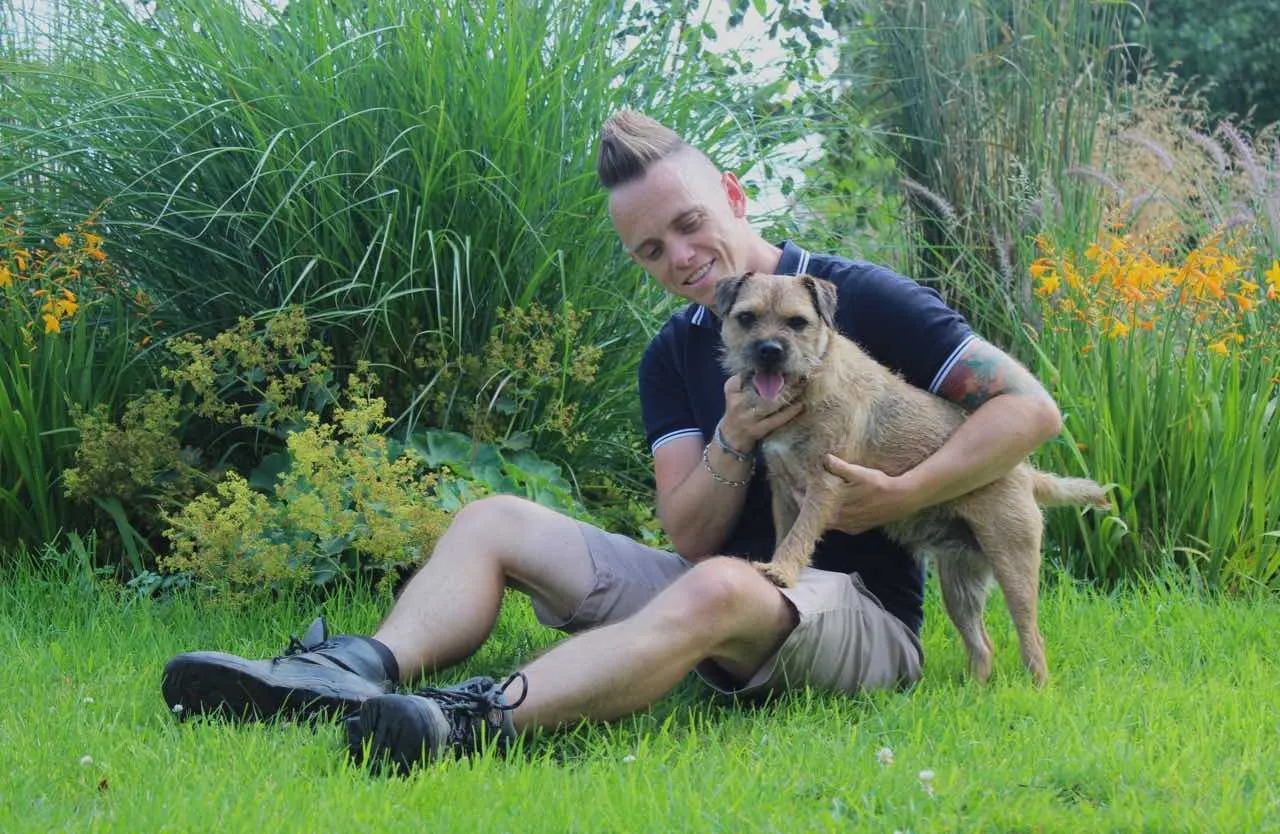Hi @cri
Thanks for getting in touch about your garden plant positions and shrubs.
As a rule of thumb, all shrubs should be planted in the ground wherever possible. Shrubs in pots usually struggle in the second or third year and require extra special feeding and pruning regimes, but ultimately pots will limit and reduce the vigour of all shrubs.
As a garden designer, one of the most common issues I see is people planting shrubs in containers with the best of intentions—whether it’s for flexibility, patio styling, or lack of garden space. And while containers have their place in design, shrubs truly thrive when planted in the ground. If you want a happy, healthy, long-lived shrub, there’s really no substitute for proper soil and a bit of room to grow.
With you Magnolia stellata, I'd definitely get that in the ground as soon as possible. Magnolias will grow huge, but they are slow growers, making them easy pruners. You can create them into multi-stem or crown-lifted varieties to maximize planting space underneath them.
What Happens When Shrubs Are Grown in Containers?
Containers are great for short-term impact, small garden spaces, or rental properties, but they come with several long-term limitations:
Shrubs in pots tend to become root-bound, where their roots circle the container and eventually strangle themselves. This stunts growth, causes water runoff, and can lead to a slow decline in health.
Why Shrubs Do Better in the Ground
1. Room to Grow Roots Naturally
When planted in the ground, shrubs can spread their roots out horizontally and deeply, anchoring the plant and allowing it to draw on a much wider reservoir of moisture and nutrients. Roots can grow to their natural potential without being confined, which means a sturdier, more resilient plant that copes better with drought, wind, and general garden stress.
A Philadelphus (mock orange) in a border can form a full, airy shrub with abundant flowers. In a pot, the same plant often stays stunted, flowers less, and suffers from stress-related leaf drop.
Shrubs in the ground always look more naturalistic and act as a structure for any design.
2. Natural Soil Structure and Biology
Garden soil is alive with microorganisms, fungi, worms and insects that all work together to feed your plants, improve soil structure, and break down organic matter. This living network simply doesn’t exist in pots, where sterile compost is isolated from these natural allies.
In the ground, shrubs benefit from symbiotic relationships with mycorrhizal fungi, which help roots absorb water and minerals more efficiently. In a pot, this web of support is missing, making the shrub struggle to thrive and flower.
3. More Stable Moisture and Temperature Levels
Containers dry out quickly in warm weather and can become waterlogged in winter. This rollercoaster of wet and dry stresses the plant, often causing root rot or dehydration. The temperature in a container can also fluctuate drastically—baking in the sun or freezing solid in a hard frost.
By contrast, soil in the ground stays cooler in summer and warmer in winter, offering a stable environment for root health and plant development.
https://youtu.be/VpIIaKM69eo
4. Less Maintenance
Shrubs in the ground are far less needy than their potted counterparts. No daily watering in summer. No repotting every couple of years. No guesswork over whether the compost has run out of nutrients. Once established, in-ground shrubs mostly take care of themselves, requiring only the occasional mulch or prune.
https://youtu.be/iFc7YByFIeo
5. Longer Lifespan and Better Health
Shrubs in containers often have shorter lifespans, simply because they’re working harder to survive. In the ground, they can live for decades if well chosen and planted correctly.
A container-grown Camellia might look lovely in its first year, but over time, it will struggle to flower consistently. Planted in acidic, well-drained garden soil with morning sun, it can become a stunning specimen that flowers every year with minimal effort.
When Are Containers OK for Shrubs?
There are some legitimate uses for shrubs in pots, particularly if you’re short on space or have very poor soil. Dwarf shrubs or slow-growers like Buxus sempervirens (box), Lavandula (lavender), or Skimmia can do well for a few years in containers with regular care.
Just remember: container-grown shrubs are higher-maintenance, short-term solutions. For real longevity, impact, and plant health, plant them in the ground whenever you can.
Think of containers as rented accommodation—convenient but not long-term. Planting shrubs in the ground is like giving them a forever home. The soil becomes a living, breathing support network, and your shrubs will reward you with better growth, more blooms, and a lot less stress.
I hope that helps!
Lee Garden Ninja
Hi @cri
Thanks for getting in touch about your garden plant positions and shrubs.
As a rule of thumb, all shrubs should be planted in the ground wherever possible. Shrubs in pots usually struggle in the second or third year and require extra special feeding and pruning regimes, but ultimately pots will limit and reduce the vigour of all shrubs.
As a garden designer, one of the most common issues I see is people planting shrubs in containers with the best of intentions—whether it’s for flexibility, patio styling, or lack of garden space. And while containers have their place in design, shrubs truly thrive when planted in the ground. If you want a happy, healthy, long-lived shrub, there’s really no substitute for proper soil and a bit of room to grow.
With you Magnolia stellata, I'd definitely get that in the ground as soon as possible. Magnolias will grow huge, but they are slow growers, making them easy pruners. You can create them into multi-stem or crown-lifted varieties to maximize planting space underneath them.
What Happens When Shrubs Are Grown in Containers?
Containers are great for short-term impact, small garden spaces, or rental properties, but they come with several long-term limitations:
Shrubs in pots tend to become root-bound, where their roots circle the container and eventually strangle themselves. This stunts growth, causes water runoff, and can lead to a slow decline in health.
Why Shrubs Do Better in the Ground
1. Room to Grow Roots Naturally
When planted in the ground, shrubs can spread their roots out horizontally and deeply, anchoring the plant and allowing it to draw on a much wider reservoir of moisture and nutrients. Roots can grow to their natural potential without being confined, which means a sturdier, more resilient plant that copes better with drought, wind, and general garden stress.
A Philadelphus (mock orange) in a border can form a full, airy shrub with abundant flowers. In a pot, the same plant often stays stunted, flowers less, and suffers from stress-related leaf drop.
Shrubs in the ground always look more naturalistic and act as a structure for any design.
2. Natural Soil Structure and Biology
Garden soil is alive with microorganisms, fungi, worms and insects that all work together to feed your plants, improve soil structure, and break down organic matter. This living network simply doesn’t exist in pots, where sterile compost is isolated from these natural allies.
In the ground, shrubs benefit from symbiotic relationships with mycorrhizal fungi, which help roots absorb water and minerals more efficiently. In a pot, this web of support is missing, making the shrub struggle to thrive and flower.
3. More Stable Moisture and Temperature Levels
Containers dry out quickly in warm weather and can become waterlogged in winter. This rollercoaster of wet and dry stresses the plant, often causing root rot or dehydration. The temperature in a container can also fluctuate drastically—baking in the sun or freezing solid in a hard frost.
By contrast, soil in the ground stays cooler in summer and warmer in winter, offering a stable environment for root health and plant development.
4. Less Maintenance
Shrubs in the ground are far less needy than their potted counterparts. No daily watering in summer. No repotting every couple of years. No guesswork over whether the compost has run out of nutrients. Once established, in-ground shrubs mostly take care of themselves, requiring only the occasional mulch or prune.
5. Longer Lifespan and Better Health
Shrubs in containers often have shorter lifespans, simply because they’re working harder to survive. In the ground, they can live for decades if well chosen and planted correctly.
A container-grown Camellia might look lovely in its first year, but over time, it will struggle to flower consistently. Planted in acidic, well-drained garden soil with morning sun, it can become a stunning specimen that flowers every year with minimal effort.
When Are Containers OK for Shrubs?
There are some legitimate uses for shrubs in pots, particularly if you’re short on space or have very poor soil. Dwarf shrubs or slow-growers like Buxus sempervirens (box), Lavandula (lavender), or Skimmia can do well for a few years in containers with regular care.
Just remember: container-grown shrubs are higher-maintenance, short-term solutions. For real longevity, impact, and plant health, plant them in the ground whenever you can.
Think of containers as rented accommodation—convenient but not long-term. Planting shrubs in the ground is like giving them a forever home. The soil becomes a living, breathing support network, and your shrubs will reward you with better growth, more blooms, and a lot less stress.
I hope that helps!
Lee Garden Ninja
 Lee Burkhill: Award Winning Designer & BBC 1's Garden Rescue Presenters Official Blog
Lee Burkhill: Award Winning Designer & BBC 1's Garden Rescue Presenters Official Blog



